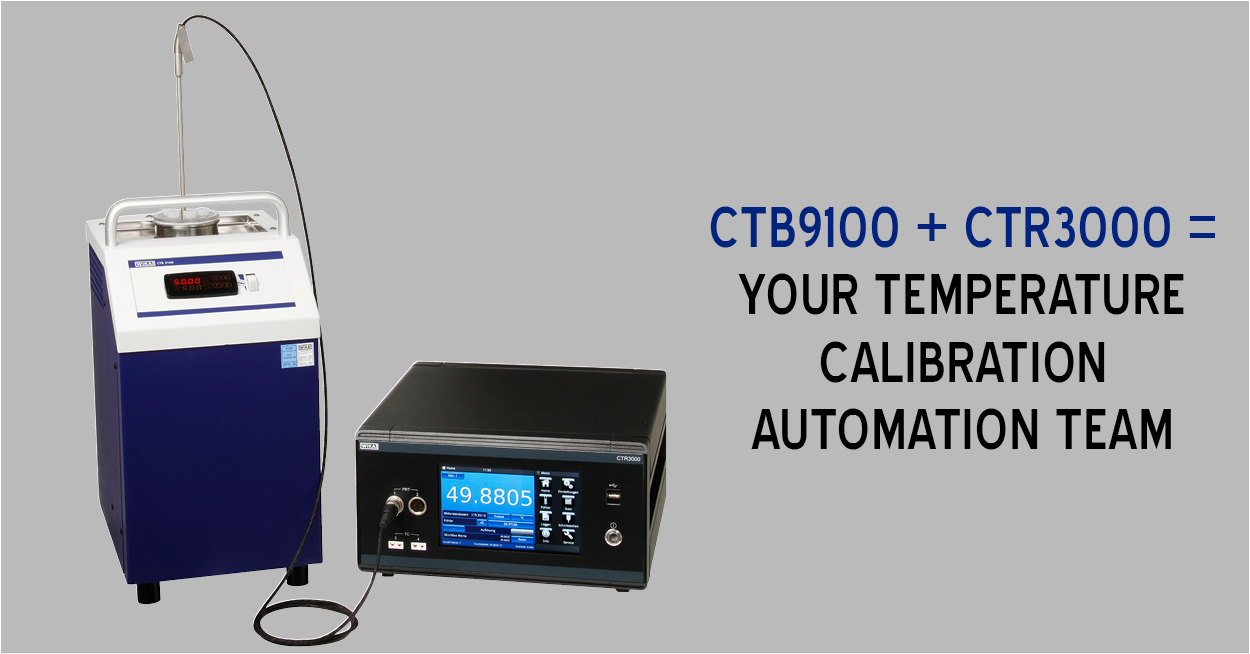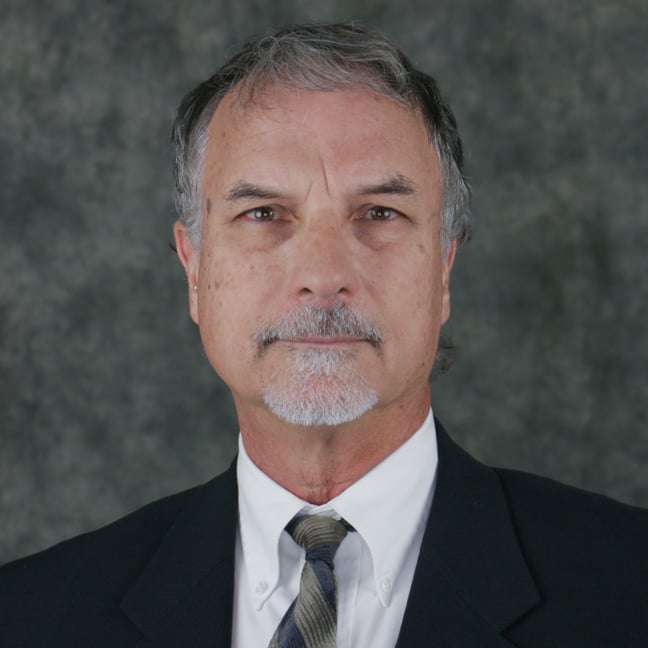Temperature is sluggish. It takes a long time to move from one stable temperature to another. A manual calibration of an RTD, thermocouple or a thermistor requires a technician to:
- Adjust a temperature bath or dry well to a desired temperature set point
- Wait until the temperature becomes stable at the set point
- Take a reading from the standard probe in the bath and compare it to the temperature device under test
- Adjust to the next temperature set point
- Go back to step one and repeat for every set point

The technician can either wait and watch the temperature change or engage in another task in the interim. No doubt you recognize the problem with this. The indeterminate time between temperature set points makes this process inefficient and dependent on a lot of guess work.
Chances are the temperature will reach the set point either faster or slower than anticipated. Juggling multiple tasks while the temperature stabilizes can lead to errors. Things become even more complicated when there is more than one device being tested. Recordings from multiple devices takes more time and also increases the chance for errors.
So what's the solution?
Automated temperature calibration equipment will reduce the time spent in the lab, and help to eliminate errors.
Read the full article and learn how the WIKA CTR3000 and any of WIKA's temperature calibration baths or dry wells work together to totally automate the process, or watch the video showing the process in action.
Related Reading:


